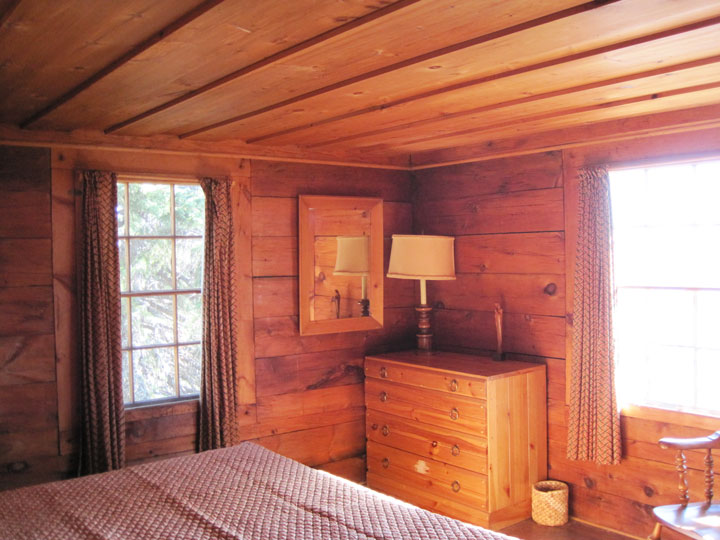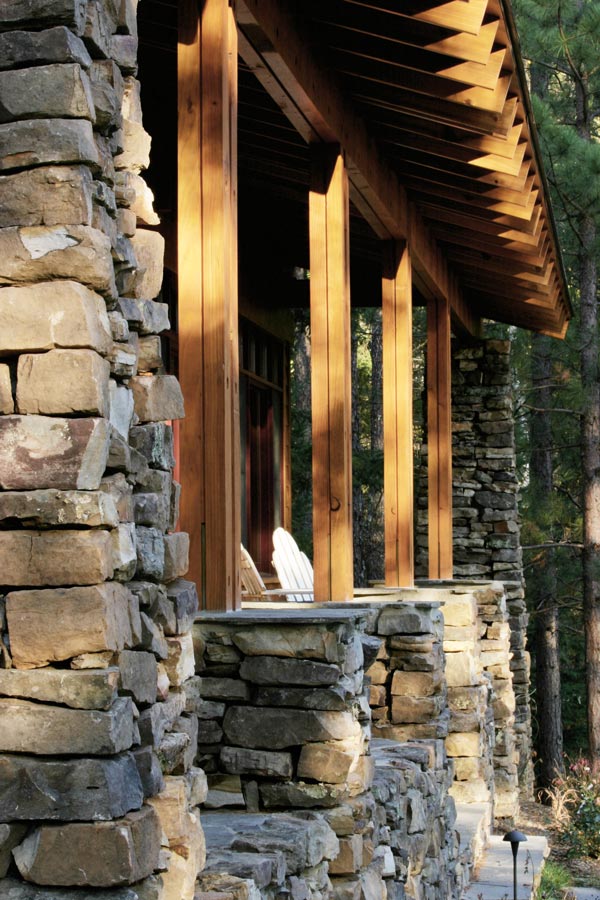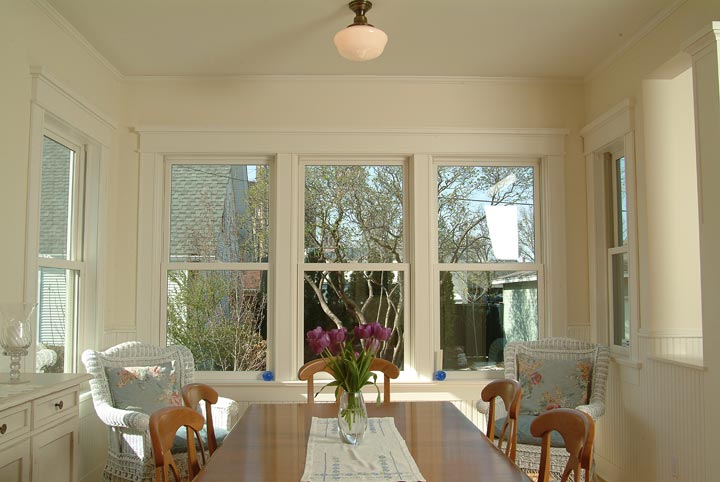In the past 20 years the building industry has seen an explosion of new materials come on the scene. Architects are challenged with keeping up with all of these available material choices, and evaluating which ones make the most sense for our clients’ needs. One can think of items like siding, roofing, flooring, countertops, tiles, windows, and light fixtures. Products to be selected, evaluated, purchased, and installed. Some of them are green, others not so much.
While it may prove impossible in today’s landscape of construction and commerce to avoid “products”, I’d like to suggest that we might also take a step away and consider for a moment another way of looking at materials.
Until the industrial revolution, mass produced items were unknown. For the building trades across the globe, traditional and time-tested ways of constructing were the norm. Materials were most often locally sourced: timbers from neighboring forests, stone from local quarries, iron forged and hammered by the village blacksmith, bricks formed from native clay and fired in a nearby kiln. One can imagine under such circumstances, the need to be considerate of resources within one’s own reach.

Over countless generations, people developed a sense of connection to their built environments. Locales developed inherent character driven by the traditional materials and methods of construction that were found to work in harmony with the climate, the landforms, and the culture of a people. These buildings developed a response to their surroundings that was intrinsic to place and time.

.jpg)
Fast-forward to today, and it becomes apparent that we have inadvertently become disconnected from such traditions of building, and craft, and materiality. The marketplace is flooded with materials of imitation: “cultured stone” -thin concrete panels pressed to look like stone, vinyl, or fiber-cement siding imprinted with faux wood grain to name just two examples.
When materials drift toward synthetic imitation, then our sense of connection to our own place and time erodes as well. Materials and craft, when carefully considered have the power to reconnect us to something more meaningful; to forge for us a sense of place, to jog our dormant ancestral memories of a more elemental way of dwelling. In other words, to help us belong, to make us feel at home.


What does that feel like? Most of us have recollections of encounters with materials that spark an emotional response. Maybe it’s the solidity of the stone walls of the church we attended when we were young. Perhaps it’s memory of the smoothed and foot-worn floorboards of your grandmother’s farmhouse. Or maybe the memory of warm sunlight filtering through the windowpanes of the family sunroom.

There is a real experience associated with each of these encounters. They are memories, experiences, and feelings that are tangible and evoke deeper connections to place and family and wellbeing. When we have these associations with real materials, we feel more connected. When we feel connected to place we care about that place and will work to protect and sustain it. In this small way perhaps, a thoughtful use of materials becomes a tool toward greater sustainability.


 David O’Brien Wagner was chosen as a recipient of the 2013 Young Architect Award by AIA Minnesota. Additionally, David has received a 2014 Star Tribune Home of the Month Award and two 2014 RAVE awards for his Fenix addition and Slow Cooker project. If haven’t had a chance to check out Green is the New Black Part 1: Energy Use, you can read it here!
David O’Brien Wagner was chosen as a recipient of the 2013 Young Architect Award by AIA Minnesota. Additionally, David has received a 2014 Star Tribune Home of the Month Award and two 2014 RAVE awards for his Fenix addition and Slow Cooker project. If haven’t had a chance to check out Green is the New Black Part 1: Energy Use, you can read it here!